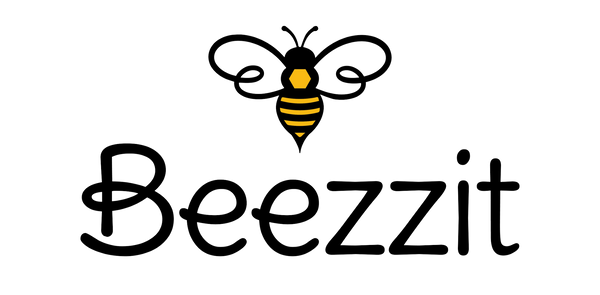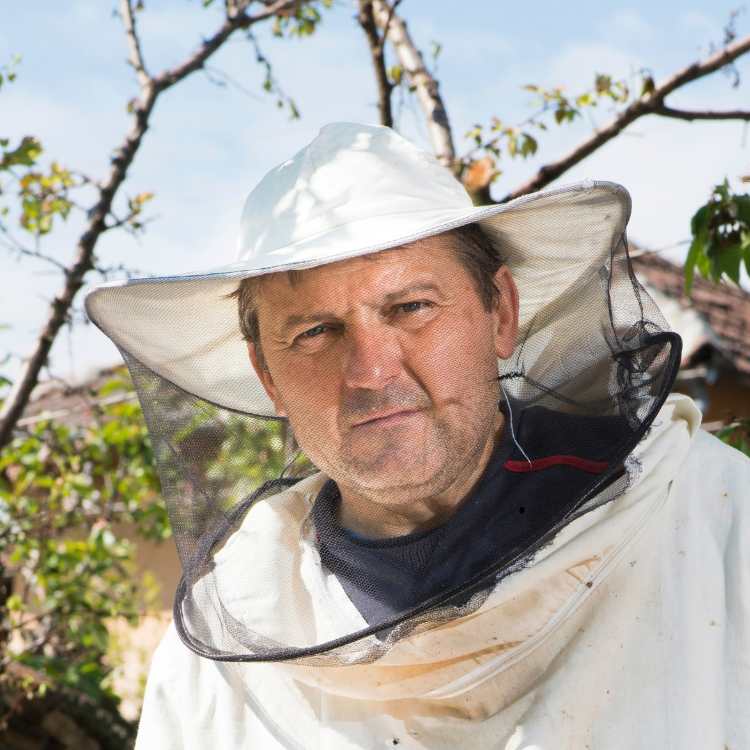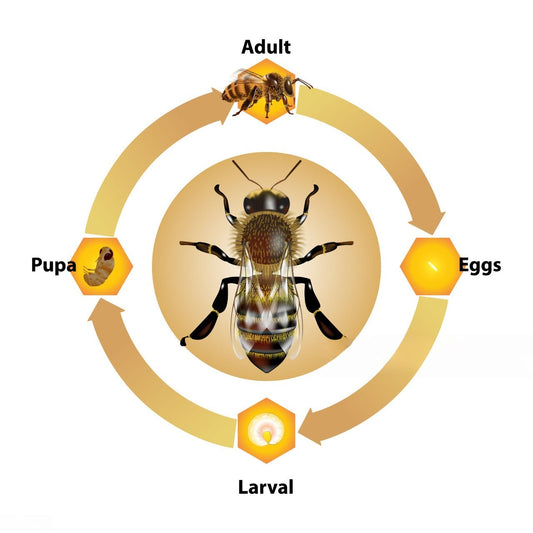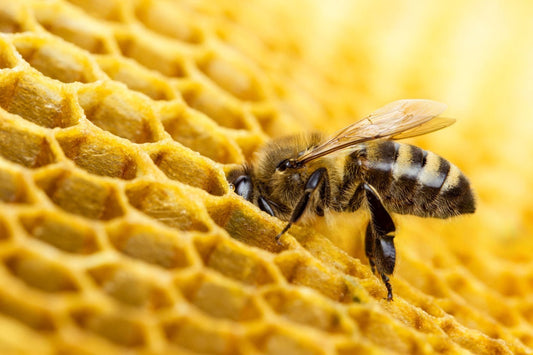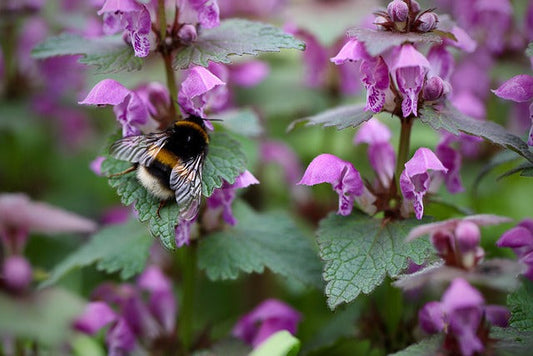Selecting suitable clover for bees can turn your garden into a lively sanctuary for pollinators. These robust plants attract bees, enhance the quality of soil, and create attractive ground cover as well. We will explore the kinds of clovers that work best to draw in bees and methods how to cultivate them efficiently.
White Dutch Clover
In all kinds of clover for bees, White Dutch Clover is noted as a top type that pulls in pollinators. This short-height kind blooms during the entire growth period, so it's the perfect clover for bees looking for steady nectar sources. Honeybees and local bee types find it very tempting; they visit these flowers from early spring to late autumn.
Red Clover
When considering clover for bees, Red Clover deserves special attention. Though slightly trickier for honey bees to access due to its deeper flower tubes, it's especially valuable as a clover for bees with longer tongues, like bumble bees. The nectar content in Red Clover is notably high, making it worth the extra effort for larger bee species.
Crimson Clover
This striking variety of clover for bees adds both beauty and function to any pollinator garden. Its bright red blooms not only catch human eyes but serve as powerful attractants for various bee species. As a short-lived perennial, this clover for bees reseeds easily, maintaining its presence in your garden year after year.
Alsike Clover
Often overlooked yet incredibly valuable, Alsike Clover proves to be an excellent clover for bees in areas with poor or acidic soil. This hardy variety produces pink-tinged white flowers that provide abundant nectar, making it the perfect clover for bees in challenging growing conditions.
Growing Conditions
Success in growing clover for bees depends largely on proper site selection and preparation. Most varieties prefer full sun but can tolerate partial shade. The soil should be well-draining but doesn't need to be particularly rich, as clover for bees actually improves soil quality over time through nitrogen fixation.

Clover blooms
Seasonal Considerations
Different types of clover for bees bloom at varying times throughout the growing season. Planning your clover garden with this in mind ensures continuous forage for pollinators. Some varieties, like White Dutch, flower repeatedly through the season, while others have specific blooming periods.
Maintenance Tips
Once clover for bees is successfully settled, it does not need much care. It's better to hold off on cutting the grass when plants are in bloom so as to make sure pollinators get the most advantage. If you really have no other option but to cut the grass; do it only after flowers have lost their color or adjust your mower at a height that leaves some blossoms untouched.
Companion Planting
Clover for bees is good when you use it with other plants that are friendly to pollinators. You can think about matching it with local wildflowers, herbs, and vegetables that flower to make a habitat which is diverse and appealing for different kinds of bee species. This way increases the use of your clover for bees while making the ecosystem in your garden more sturdy.

Clover leaves
Benefits Beyond Bees
While primarily grown as clover for bees, these plants offer numerous additional advantages. They prevent soil erosion, fix nitrogen in the soil, and provide food for other beneficial insects and wildlife. Some varieties even make excellent ground covers for high-traffic areas.
Getting Started
To begin your own clover area for bees is simple. Spring and autumn are the best times to plant in many areas. Make the ground ready by taking out the current plants and making the surface flat with a rake. Evenly disperse seeds and lightly use a rake on them. Make sure the soil stays wet regularly until the point when germination happens.
Remember that establishing successful clover patches requires patience. Most varieties take several weeks to germinate and establish themselves. However, once established, these plants prove remarkably resilient and self-sustaining.
Solving Common Problems
Watch for signs of poor growth or disease in your clover patches. While generally hardy, clover for bees can sometimes struggle with extreme weather conditions or poor soil drainage. Address these issues promptly to maintain healthy plants that attract and support bee populations.
Long-term Success
To achieve lasting success with your pollinator garden, think about planting multiple types of clover for bees. This mixture will supply different bloom times and also make sure various bee kinds find appropriate food during the whole growing season.
The effort you put into establishing and maintaining clover for pollinators pays off in multiple ways. Beyond supporting crucial bee populations, you'll enjoy improved soil quality, reduced lawn maintenance needs, and the satisfaction of contributing to local ecosystem health.
Your choice to grow clover specifically for bees helps support both native and managed pollinator populations, contributing to broader environmental health while creating a beautiful and functional landscape feature in your yard or garden.
Learn all about bees and beekeping here.
